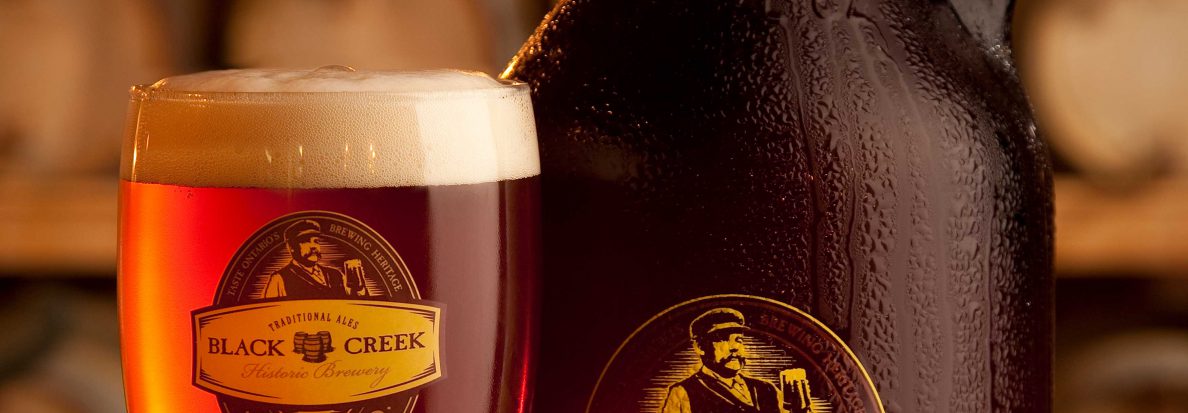Over the years, we’ve had thousands of people come to sample our beer in the Black Creek Historic Brewery. But what if you want to bring some friends together at your next dinner party? What if you want to put together…your own beer tasting?
Never fear! Your trusty beer journalist is here to give you some advice!
Step One: Consider Your Audience
Who’s your crowd? What do they normally drink? Are they game to try anything, or do they have a preferred style? Are they seeking easy recommendations for their next night out, or do they want to try really unusual, hard-to-find beers?
Answering these questions for yourself will help you figure out the next set!
Step Two: Choose Your Scale and Scope
Do you want to have a close exploration of one style? Get as wide a range as possible? Stick to one geographic region, or taste beers from all over the world?
Every answer’s a good one, but sorting this out before you get to the store can save you time staring at bottles and second-guessing yourself.
Generally speaking, you probably want to sample between three to five beers, so setting some parameters can help you narrow your options!
Step Three: Calculate How Much You Need
One standard serving of 5% ABV beer is 12 oz. A pint’s either 16 oz (American) or 20 oz (British). Obviously, you want to be consuming responsible amounts.
If you’re doing flights of beer (which you are), you don’t want to go above 4 oz per style, and 2-3 oz is just fine—this is only a taste, after all!
Step Four: Logistics
You will need…
- Sufficient glasses
- Water
- Snacks
- A place to dump unwanted samples
- Napkins if you are fancy
- Notepads and pencils if you’re REALLY fancy
Step Five: The Order
There is a method to our madness in the brewery. When you’re sampling different beers, the general rule of thumb is to start mild, and work your way up.
First, look at the ABV content of your beer. The lowest ABV beers usually get sampled first, working your way up to the higher ones. (So that 4% English Bitter should come before the 6.5% India Pale Ale.)
But wait, there’s more!
Consider “mild’ in terms of flavour as well. If you have a 5% pilsner and a 4.8% oatmeal stout, you don’t want to have the stout first. Why? Because it’s a much heavier, more complex beer and it’ll mask the pilsner on your palate.
One more caveat: sour beers and hops affect the palate longer than malt tastes. So still save those lambics and IPAs for the end.
Confused?
Low ABV → High ABV
Mild flavours → Malty flavours → Sour/Hoppy flavours
Don’t worry. It’s part instinct, part practice. You’ll get the hang of it!

Step Six: Do Your Homework
Your pals will appreciate if you can tell them a little about each beer. Learn the dominant tasting notes for each style, and maybe a little history, if that’s your jam. Though if you’re reading this blog, I hope it is!
Step Seven: Be a Good Host
While serving, keep track of quantity and pacing. People tend to adjust their rate to match others’, so keep things easy and relaxed. Break things up with snacks and water, and make sure all of your friends have a safe way to get home.
And there you have it!
Your very own beer-tasting party, in seven easy steps! Be responsible, and have fun!
-Katie



